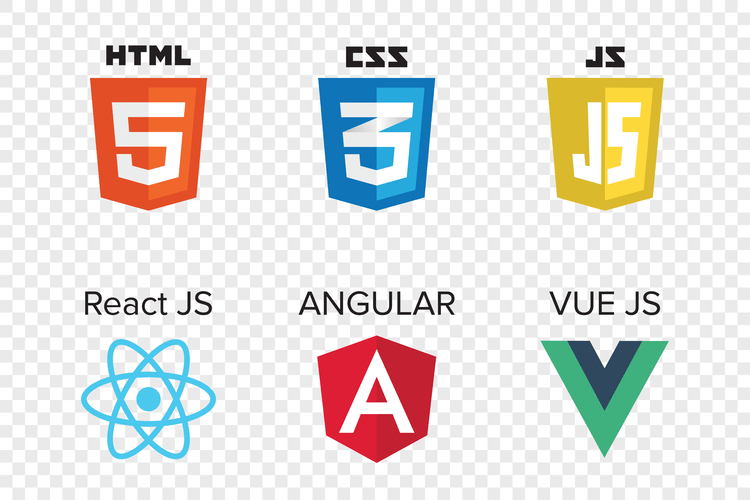Are you ready to propel your organisation to the next level using these intuitive technologies? Let’s explore how our experience and expertise can help you navigate the world of software development. Both RAD and Agile underscore the importance of early software delivery and the ability to adapt to evolving requirements, even as development advances. Agile, however, extends beyond this to encompass methodological prescriptions, work environments, and guiding principles. Rapid Application Development (RAD) places a premium on swift prototyping, favouring this over more costly planning phases.
In RAD, presenting early prototypes is the norm, often with some user pathways unfinished. Thus, your project should be modular, allowing your team to display the product in segments. Complex backends could pose a challenge, but data synthesis can bridge this gap by simulating expected user data. Getting feedback from users is important, and can be a godsend during testing and prototyping but with RAD, you’ll need to collaborate with them a lot.
Phase One: Requirement Planning
The agile process, on the other hand, is more like jazz, which comes together through collaboration, experimentation, and iteration between band members. It’s adaptive and evolves with new ideas, situations, and directions. Agile is the most common term used to describe development methods.
- DAD was developed to provide a more cohesive approach to Agile, taking strategies from Scrum, Kanban, Extreme Programming, and others.
- The Agile development model evolved out of RAD as an iterative approach.
- But choosing one model over the other doesn’t only change the journey—it affects the destination.
- Prototyping and building repeat over and over through iterations until a product is complete and meets customer requirements.
The client invests a significant amount of time in testing the product and providing feedback. While it does guarantee a high-quality product, not all clients will be willing to participate enthusiastically in the process. Rapid Application Development builds only those projects/systems that can be modularized. The team then develops prototypes parallelly, based on the various modules. Every project, irrespective of the framework, has to start with the gathering of requirements. The clients present what they expect the software to do and the features that should be there.
Intentional Learning Blog: The Stories We Tell Ourselves
Through the passage of time, the contours of RAD have undergone transformations, while upholding essential tenets of development. Due to its focus on the needs of user interfaces, the RAD methodology is tailor-made for swift application development. Leveraging visual interface tools and pre-assembled modules, RAD expedites the creation of software applications with finesse. Diverse forms of rapid application development are embraced by businesses, largely due to their innate agility, adaptability, and scalability. In its earlier days, rapid application development took the form of the Spiral model, employing one or more development models to address specific projects. In essence, the RAD methodology accentuates the act of development and the creation of prototypes, all while downplaying the role of extensive planning and preparatory efforts.
Agile, Just like RAD, is iterative, but the focus of Agile is to build features one at a time. The high price for skilled and experienced developers might become a problem for start-ups and tightly budgeted projects. The RAD team is always willing to change the prototypes to meet new requirements and needs.
Intentional Learning Blog: Attitude Drives Change
Learn how you can better meet your users’ expectations, keep the application relevant for longer, and grow revenues with ALM and Spatial’s 3D SDKs. Sprints begin with each team member receiving a “To Do” task from the chosen Agile model (Scrum/Kanban) board. In the Agile model, big initiatives are broken down into epics; epics are broken down into user stories, and user stories are assigned as tasks and attacked in sprints. Though it varies, here are the five general steps of the RAD model. The aim is for solutions to evolve through collaboration between multifunctional teams, using the appropriate practices for their context.
RAD and agile models exploit this by welcoming changes in requirements even late into the development process. Agile is a methodology, whereas SDLC is a process used in the area of project management to carry out the process of the Software Development Life Cycle. It helps in the continual project deliverables, continual project improvements, instant changes, and rapid development. The Agile Manifesto was written at the beginning of the year 2001. A formal process was initially created and was later named as Agile. We’re going to use RAD to refer specifically to Martin’s methodology, and we’ll use Agile for everything else in the interest of simplicity.
Pros and Cons of RAD
You also can use professional project leaders and divide the responsibilities. In your development team for app development, you need testers, UX designers, technical writers, and many others. SDLC is planning, creating, testing, and deploying an information system in a Sprint. With this approach, the development team follows a schedule, and the customer review and proof every step of development. Each segment is constructed methodically, and the customer needs to approve each component before starting a new development process for the next one.

The five lean principles provide a workflow that teams use to identify waste and refine processes. Lean is also a guiding mindset that can help people work more efficiently, productively, and effectively. Traditional, linear management methods, such as the waterfall method we’ll cover below, are like classical music, led by one conductor who has a set plan for how the music should be played.
Differences and Similarities Between Agile and Scrum
Make your Scrum board digitally or physically, whichever works best for your team. Kanban and Scrum are both frameworks for Agile software development. They both take large, complex rapid application development cloud tasks and break them down into smaller chunks. Kanban and Scrum also work toward continual improvement and optimization of the process, and want to keep work highly visible.

By adding a thin yet effective layer of top-down management to Agile’s move fast ethos, SAFe lets a company grow its development efforts in time with the growth of the company as a whole. In RAD, you initiate the development
process almost immediately, shaping the project https://www.globalcloudteam.com/ requirements along
the way. It’s a mobile app that combines the best
features of popular social networks like Tiktok, Instagram, Twitch, and
Clubhouse. Thus, it allows streaming, broadcasting, audio and video
conferencing, chatting, following users, and more.
Historical context of JAD and RAD
With each iteration, the prototype looks like the final product more and more. There are three types of methodology when it comes to software development. At the beginning of the development process, it is essential to choose a method based on the final product’s different factors and requirements. It’s clear that the Rapid Application Development vs. Agile dichotomy is somewhat misleading.